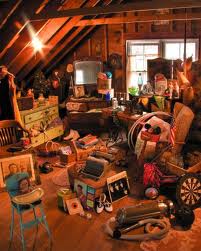 Things are getting a bad rep these days. There are countless articles floating around the Internet and in print publications extolling the virtues of letting go and throwing out nearly everything you may have acquired over your long, or even short, lifetime. In our highly materialist and pragmatic era it seems that anything that does not have a current, and rational, purpose should be headed for the dustbin.
Things are getting a bad rep these days. There are countless articles floating around the Internet and in print publications extolling the virtues of letting go and throwing out nearly everything you may have acquired over your long, or even short, lifetime. In our highly materialist and pragmatic era it seems that anything that does not have a current, and rational, purpose should be headed for the dustbin.
Several years ago I had the pleasure of counseling a woman whose profession was clearing people’s home of useless stuff. She was soliciting my services as a psychotherapist because she was having trouble connecting with the various important people in her life, and before we started to seriously get into her psyche she was telling me about how important her profession was. Her eyes darted around the room looking for what she could assume was useless clutter to make her point. Finally her gaze settled on a small amethyst crystal sitting on the little side table beside my chair. “Like that!” she exclaimed, pointing at the hapless intruder into the sanctum of useful things. “I would ask you when the last time it was you used that.”
I followed her pointing finger bringing the dark rich purple of the amethyst into my vision.
“When?” she said.
I looked up, “Well, I don’t recall ever really using it. Why?”
“If you haven’t found a use for it, then it should go.”
I looked back at my little stone and immediately recalled the time I was in a small and mysterious rock shop along the coast of central California with my then fiancé and soon to be life partner Cindy. We had just met only a few months before and were taking a “get to know each other better” trip down the coast. It was a beautiful day, and we had spent the morning walking along a deserted and peaceful beach hand in hand reeling in the ecstasy of romantic love. We happened upon the little shop in Carmel and enjoyed the cool aroma of burning incense mixed with the musty smell of dug up rocks, gems, shells and colored stones. The little purple quartz rock reminded me of Cindy, dark and mysterious, old in wisdom and durability, yet clearly beautiful, delicate and alluring. I bought it without thinking much about its potential usefulness.
My patient could tell I wasn’t buying her assessment and quickly remarked, “Well, maybe that’s not a good example. Things with sentimental value have a purpose as well, I don’t mean to say I think people should get rid of everything.”
Obviously there is a time where holding on to a houseful of stuff is not a great idea. I don’t mean to imply that all the research done around hoarding, clinging, and obsessive pack ratting is to be ignored. Certainly not. We do, as a general observation, hold on to much more than we should and possibly apply meaning to things in a far too haphazard, frivolous, and unconscious way.
This is not really what I am speaking of here. I am commenting on the possibility we may be throwing out the baby with the bathwater if we take this letting go and uncluttering our lives too seriously without carefully defining “usefulness.”
As a psychotherapist, I am far more inquisitive while working with people who seem to have sterile lives evidenced by a lack of things occupying their environment than those who do have an assortment of special things, or collect, say, moose figurines, or dolls, or even stamps and other conventional collectables. I feel it is far more psychically stimulating to have some sort of minimal attachment to mementos, framed photos, books, gifts given over the years by friends and family, and other seemingly useless items than a world devoid of a inner connection with the outer material world through an awareness and appreciation of the things that bring themselves into psychic awareness during our journey through life.
Needless to say there are exceptions to this assumption. It isn’t so much the things themselves and their acquisition that indicate a healthy psyche, it is the meaning derived from the things that seem to indicate a healthier connection with the inner world of abstract image and symbol—what seems important is our individual ability to place meaning on an object, or to discern an external meaning (the object’s own personal history), not really the object itself. It is always really about the story, our story, or the thing’s story and how it relates to us.
I had one close friend years ago that loved things. He would collect old antique bottles and framed antique lithographs and other old junk and would then find great meaning in their being—a history he would imagine through his very active and colorful imagination, or literally assess through serious research. Or he would find an artistic sensibility that he could tap into by close examination of the contours of an old bit of hand blown glass or an artist’s careful and detailed turn of line in an engraving. But he didn’t actually keep anything he acquired. His joy was to know it, then give it to the first person outside of himself that also acknowledged to him a deeper meaning in the thing. This man had very little in his possession, and what he did have was generally in a state of transition from his hands to someone else’s.
There is a psychic ability that some gifted persons have demonstrated called psychometry. This ability allows the person to know through internal images and awareness the history of an object by merely touching it. Joseph Rhodes Buchanan coined the term in 1842 and he described this extra-sensory perception as a “measuring of the soul.” Maybe we all have this ability to a greater or lesser extent and can, when holding or gazing upon an object, be able to know something of its history, its innate meaning—its soul. Maybe we only discern this through a feeling without any real objective knowledge.
Even when we ourselves give an object meaning by it’s participation in an important or special event in our lives we are creating a part of its own history. My little piece of amethyst certainly had its own very ancient history before I came upon it during my travels down the coast of central California with my beautiful wife-to-be Cindy. The story I gave it was certainly the most present, yet was also mixed in with the ancient history of the rock itself. As we intermingle our own experience with the already established history of an object, we enrich the meaning of the object, and also bring a greater integrative meaning to our own isolated experience. We become in a certain sense one with the rest of manifest reality, and bring our own small story to reside with the larger story of the object we cherish.
A greater meaning to life and life’s purpose can be found by “announcing our place into the family of things”, as Mary Oliver so eloquently puts it in her poem “Wild Geese.” By no means the only way to accomplish this, our connection with the things we gather around us could certainly be understood as a conduit from our material existence to the world of thoughts, memories, images, and symbols that reside primarily in our unconscious dream world.
It is my firm belief that the greater awareness we have of our living soul, the subjective, inner world, and its obvious connection with the conscious material world we navigate through every day, the less destructive conflict we will encounter in our lives.
By all means un-clutter your life and environment of meaningless, used up, materials that can confuse the positive energy flows, but don’t throw out the baby with the bathwater. Keep close to your heart the bits of twigs, dried flowers, photos, mementos, figurines, rocks, pebbles, seashells, and anything else that touches you in ways that are difficult to explain. You certainly don’t need them to feel whole and complete, but they are an important material connection with the elusive, and vaporous, memories, feelings, and images of not only your story, but the larger story that is constantly knocking at your door of awareness, wishing to be known by you, and included in your being.
*****
Todd Hayen is a psychotherapist practicing in Richmond Hill Ontario. Please leave comments by clicking the comments link below this post. I welcome any thoughts you may have.



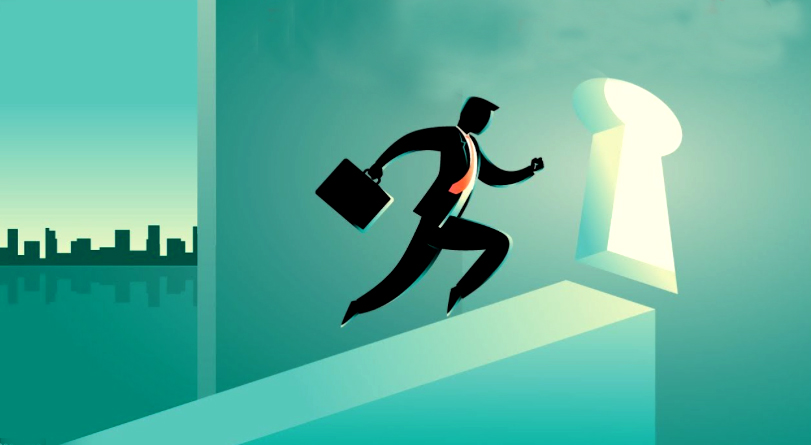
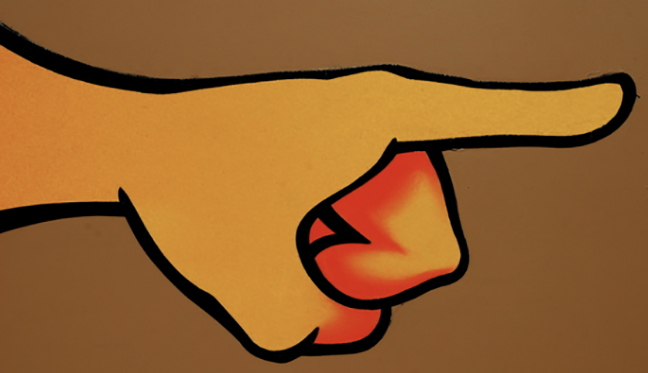
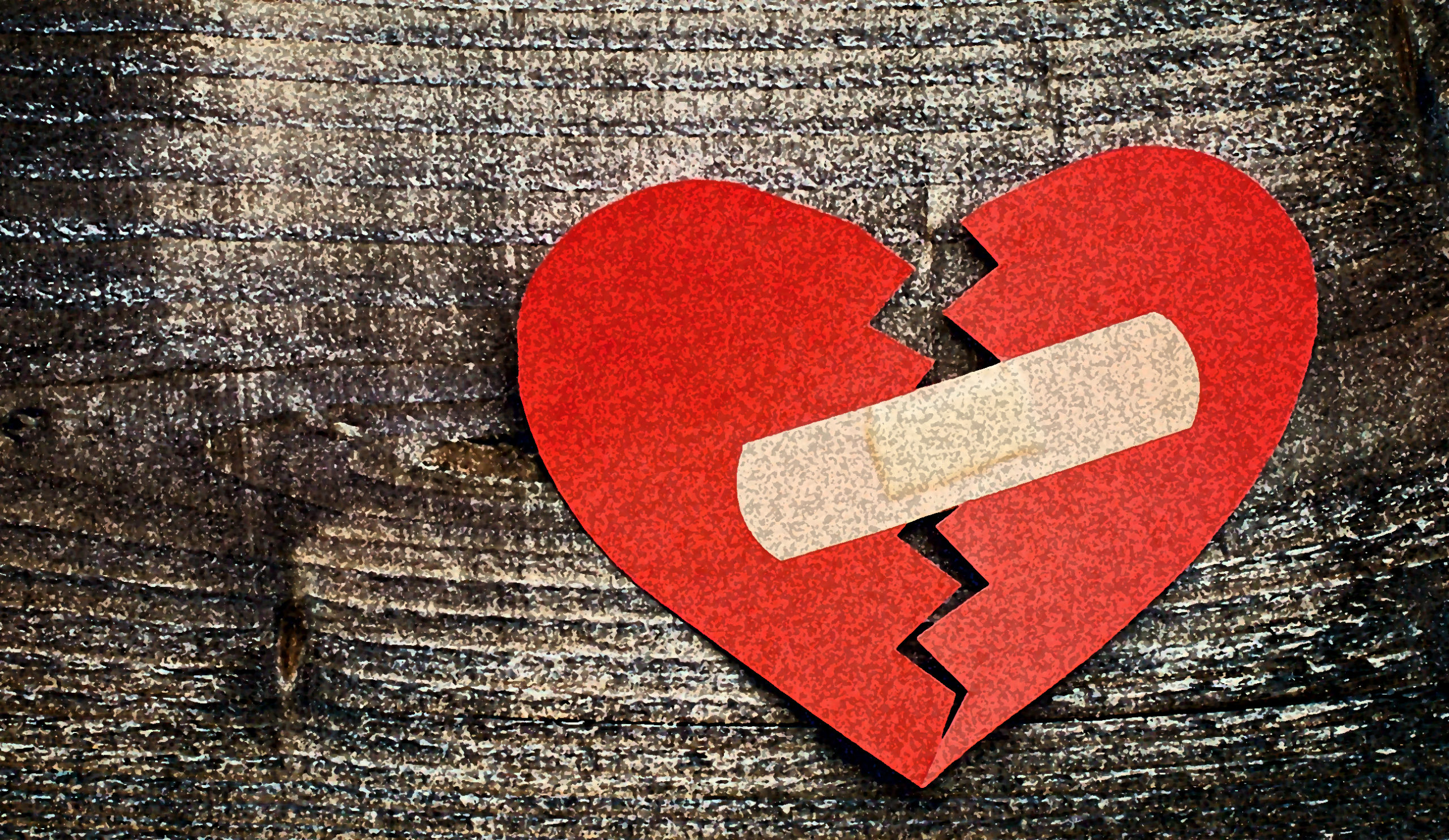
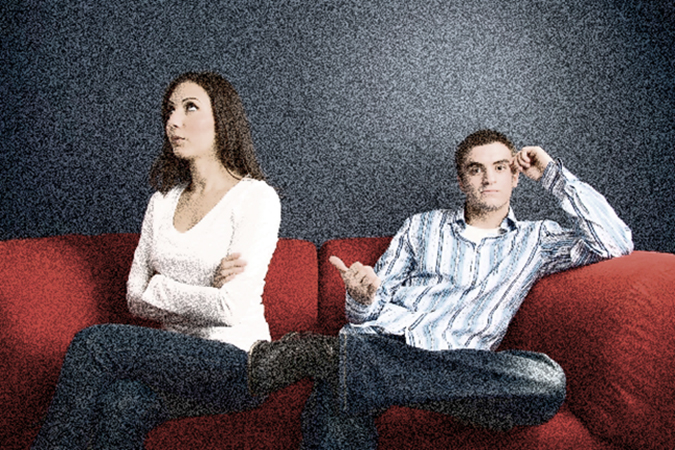
My life has been a tiny war of what things to keep, what things to let go of…this article helps me look at the things in my life in a different way. I now feel better walking through my somewhat cluttered living room…each item there is of important meaning to me…I don’t feel as frustrated when the tail to my rocking horse falls off in reply to my footsteps! He has an important place in my life as a special gift from good friends. He will stay with me no matter what! Thanks Todd!
Thanks Char…but never forget the attic in Middletown…:-)